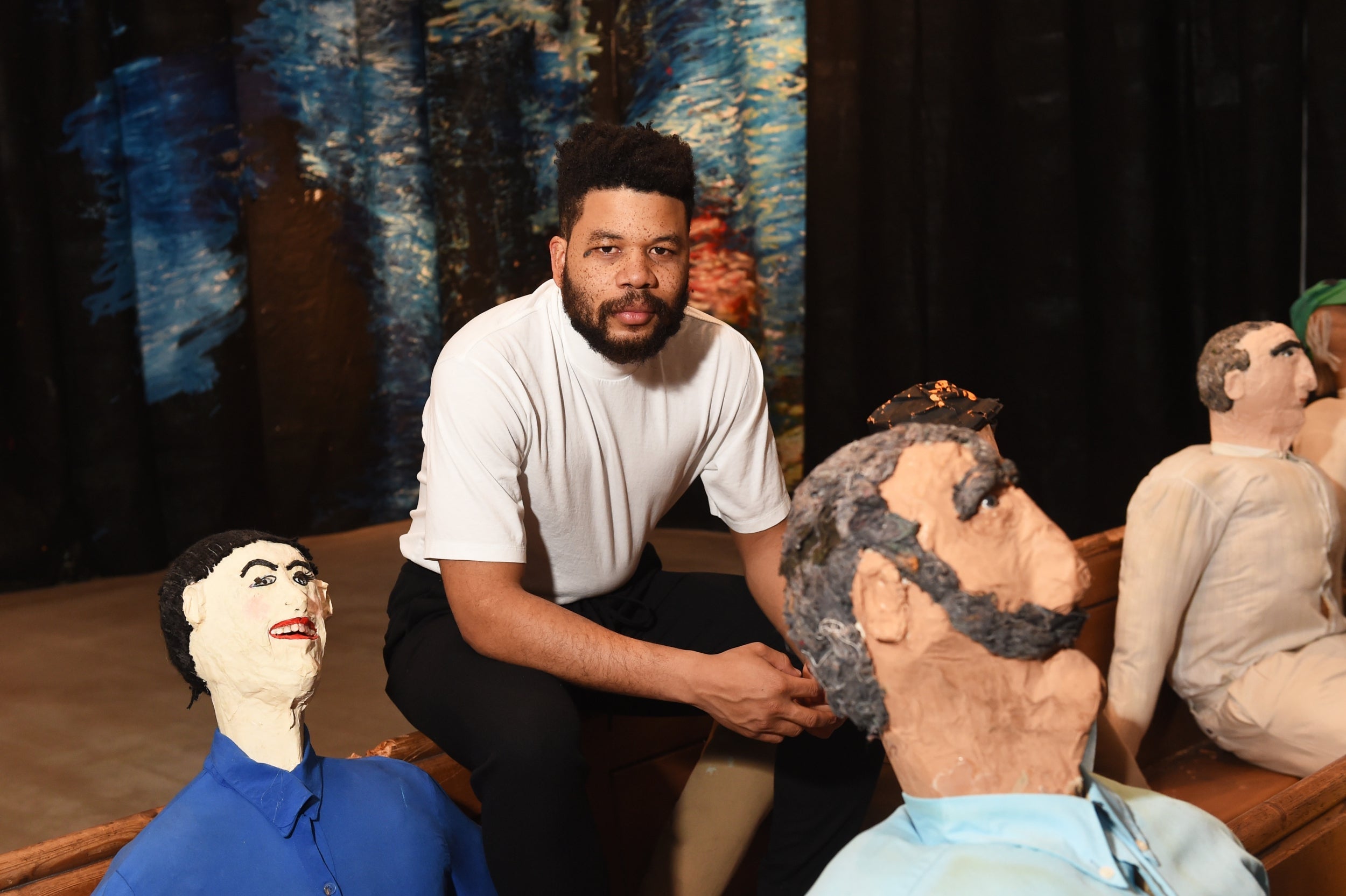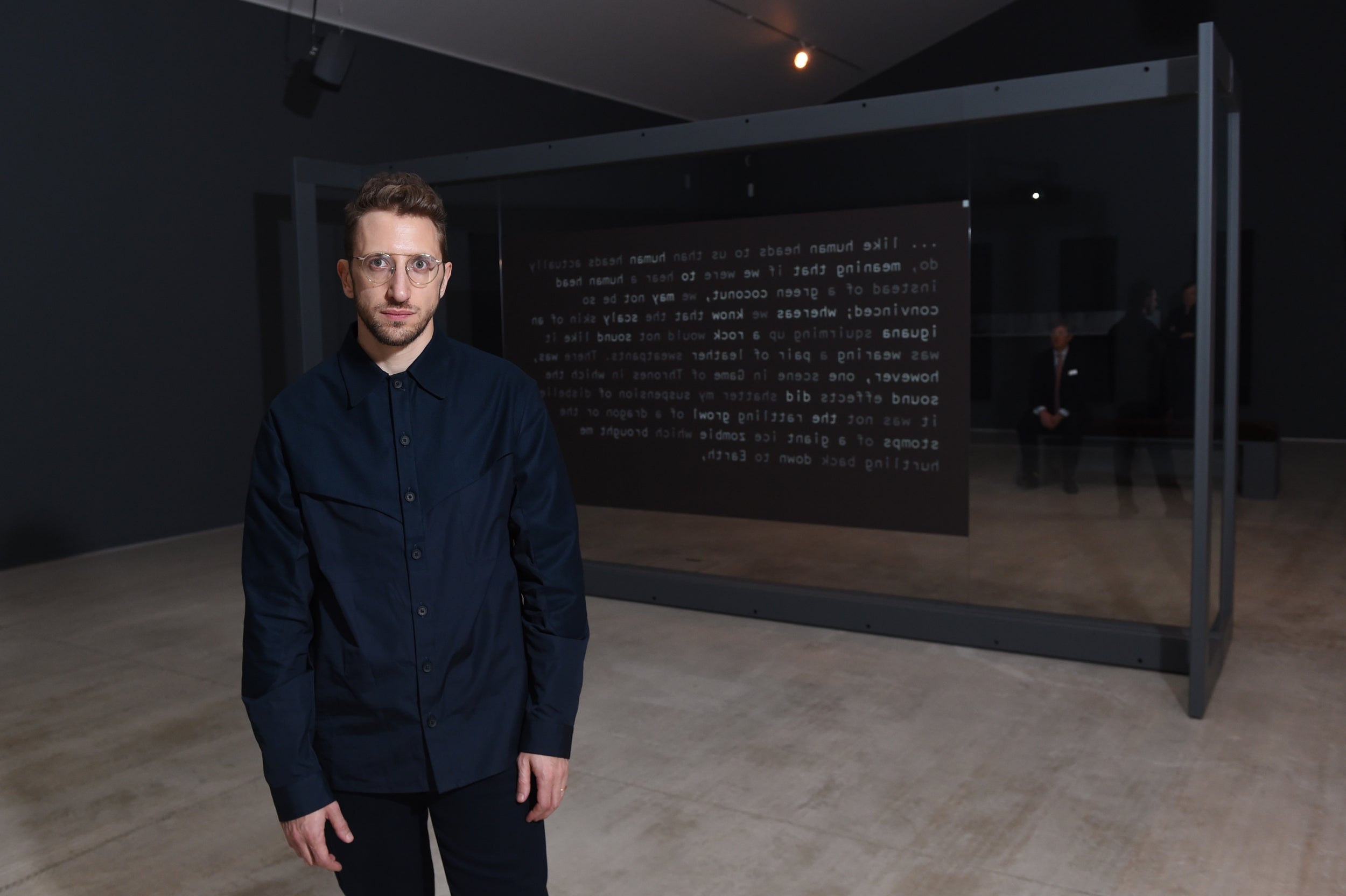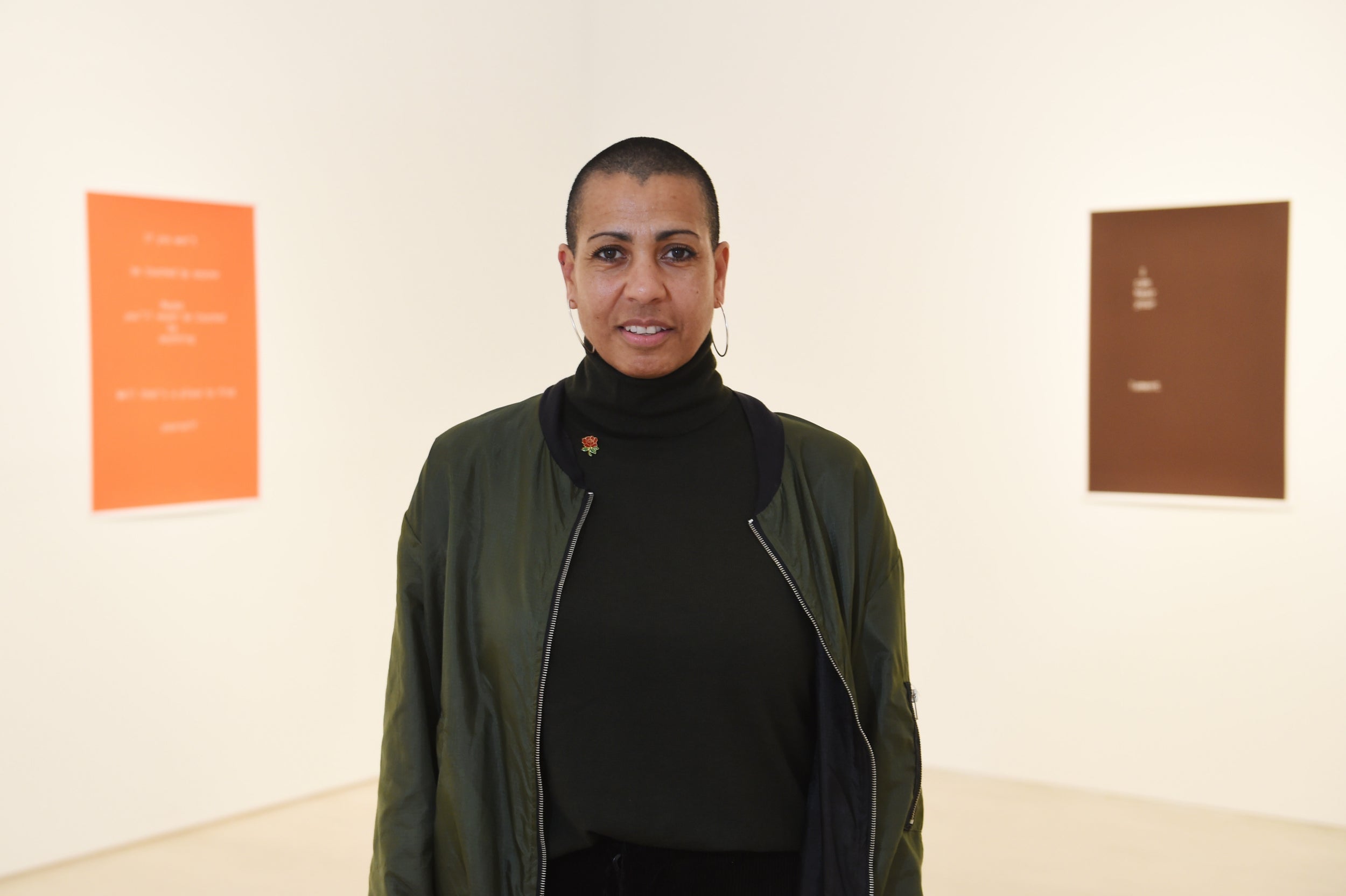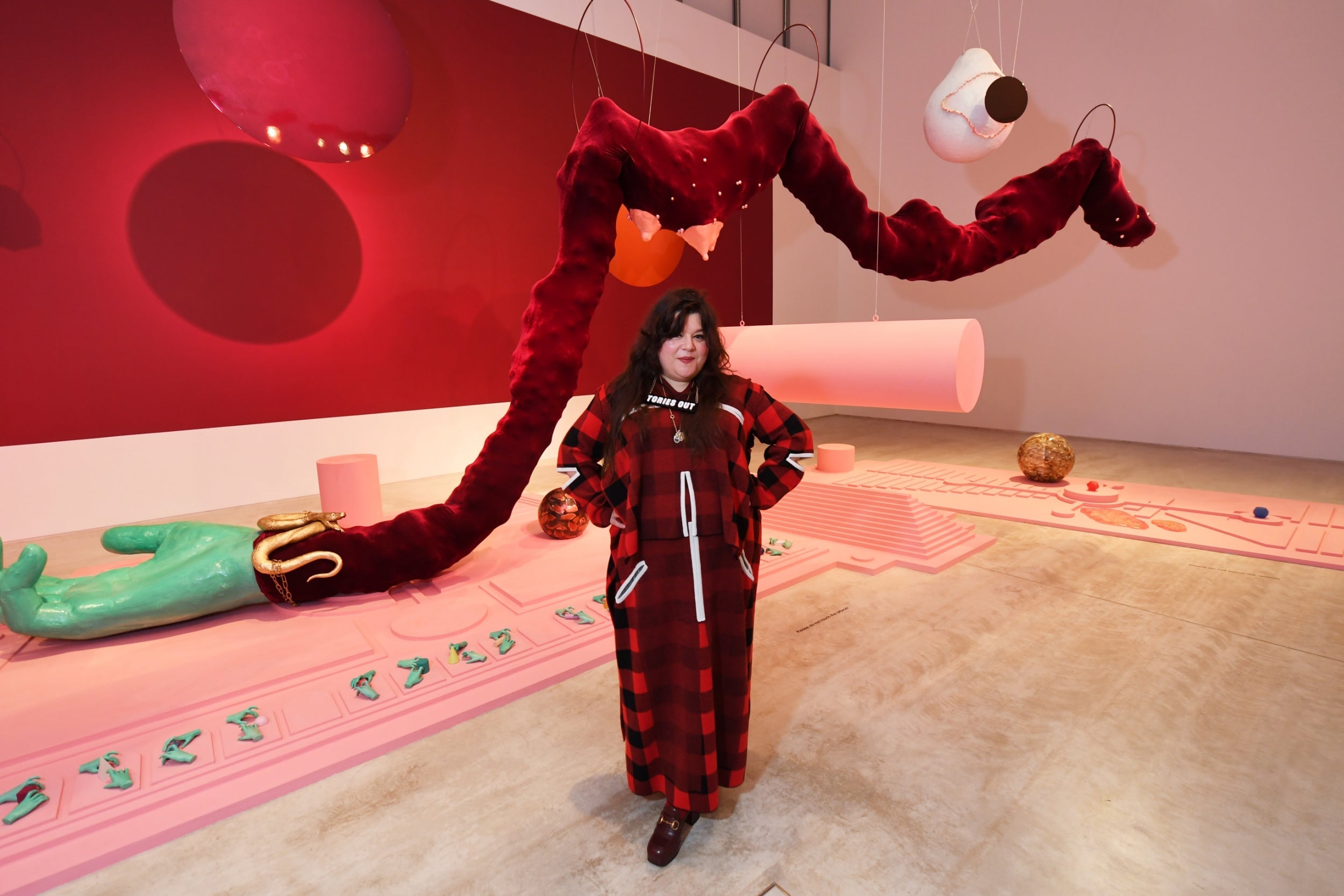The Turner Prize puts itself out of business by allowing the artists to award the prize to themselves
The four nominees asked to share this year’s prize – but robbing the judges and the public of the opportunity to scrutinise and compare their work hurts the artists too, says Mark Hudson


What mad times we live in. The country’s time-honoured political consensus has been shot to pieces, the planet’s going down the toilet, and now Britain’s most prestigious art prize has put itself out of business by allowing the four shortlisted artists to award the prize to themselves as a group, in the name of “commonality, multiplicity and solidarity” in this “time of political crisis in Britain and much of the world”.
Far from opposing or even questioning this quixotic gesture, the judges unanimously honoured it in “recognition of these artists’ shared commitment to urgent social and political causes”.
But isn’t a hard-fought competition between artists exactly what these tricky times demand? And I don’t just mean the agony and ecstasy of a good old-fashioned awards ceremony in an out-of-season seaside resort – this year’s prize is being held in Margate – which may be just the thing to cheer up a cold winter’s evening’s telly viewing. Competitions, as we’ve come to love and hate them, may be going out of fashion on every front – first the Booker Prize, against its own rules, goes to two writers, now this – but they are about a lot more than the divisiveness and one-upmanship their detractors deplore.

Trying to pick apart which of four artists – or writers or sportsmen or whatever – are the most trenchant, graceful and effective is actually excellent discipline not only for the professional critic, but for the thinking viewer in general. And in the instance of the Turner Prize, the opportunity to assess how effectively this year’s shortlisted artists have actually addressed the “urgent social and political causes” of our time has been passed up. Lamentably, in my opinion.
This year’s shortlist, and the attendant exhibition in Margate’s Turner Contemporary, have been widely praised as a return to form for this once wildly celebrated, but in recent years rather beleaguered prize – largely on the grounds of the “urgency” of its themes. Yet it was the first year where I failed to identify a clear winner. The work itself was flat, uninvolving and academic in its adherence to the art world’s current tropes and values. I can’t recall a Turner Prize where I thought I cared less about the final outcome.
And that, of course, is exactly the moment you need to get the scalpel out – not allow people to gloss over the myriad nuances of brilliance and mediocrity in a self-congratulatory splurge of voguish togetherness.
The defenders of this year’s shortlist – and I’m sure the artists themselves – won’t, of course, feel there’s anything to gloss over. Each of the four has their staunch critical defenders. The bookies’ favourite and several critics’ too – and if absolutely forced to choose I’d have gone with him myself – was the 33-year-old Colombian-born Oscar Murillo, whose Collective Conscience installation placed a crowd of life-sized ragdoll “migrants” in front of one of Turner Contemporary’s enormous picture-windows onto the North Sea. The twist is that dark curtains have been pulled across the glass, so that Murillo’s migrants – those quintessential figures of our time – were seeing nothing and, by implication, going nowhere.

Murillo fudged this moment of bitter comedy by introducing a riff on Monet’s eyesight, and I never did work out why the migrants themselves looked like the cast of The Archers portrayed by a bunch of primary school kids, but they were probably the best thing here.
Lawrence Abu Hamdan’s much-praised investigation into the way blindfolded prisoners in a Syrian jail used sound to mentally construct their surroundings seemed to me depressingly arid. The 34-year-old Jordanian-born, Yorkshire-raised, Goldsmiths-trained “aural investigator” unearthed some powerful material, that has been used in real-life human rights’ trials, but compressed it into a slightly pleased-with-itself filmed lecture, that took you not so much to the nightmare prisons of the Middle East as to a Goldsmiths cultural-studies class.

The Long Note, 49-year-old Helen Cammock’s film about the role played by women in the late-Sixties civil rights struggle in Northern Ireland, feels even more bound up with the kind of arid virtue-signalling that permeates contemporary art. Full of great archive material – a group of Catholic boys singing on a street corner sticks in the mind – it didn’t dance with its image, taking wild liberties as you’d hope of an artist’s film, but seemed to stumble at every turn over its determination to say the “right thing”. Much of the time it felt like a slowed-down TV documentary – and at over 100 minutes was far too long to make proper sense of in a single gallery visit.

With an immense arm clad in shimmering red velvet snaking between bejewelled udder-like forms and suggestive splatterings of coloured resin, 43-year-old Tai Shani’s “gothic sci-fi” installation DC: Semiramis feels like a kinky adventure playground for stoned grown-ups. Inspired by a proto-feminist medieval novel, Christine de Pizan’s The Book of the City of Ladies (1405), it communicated its story – it actually considers itself an adaptation of the book – through a series of unfathomable monologues intoned through headphones. If it seemed initially to present a bracing alternative to Abu Hamdan and Cammock’s dry, theory-based approach, the longer you spent with Shani’s work the thinner and more calculated its eccentricity felt.
Much as there is to criticise about these artists – who all seem far too comfortable within the curator-driven confines of the contemporary art world – their decision to act in concert made me want to protect them from their own magnanimity. Whatever you think of the works, these artists deserve to be really looked at and thought about – in other words, subjected to the sort of intense scrutiny required by a competition. And there’s nothing like the Turner Prize to make you look searchingly at art in the pursuit of hard decisions.
Join our commenting forum
Join thought-provoking conversations, follow other Independent readers and see their replies
Comments